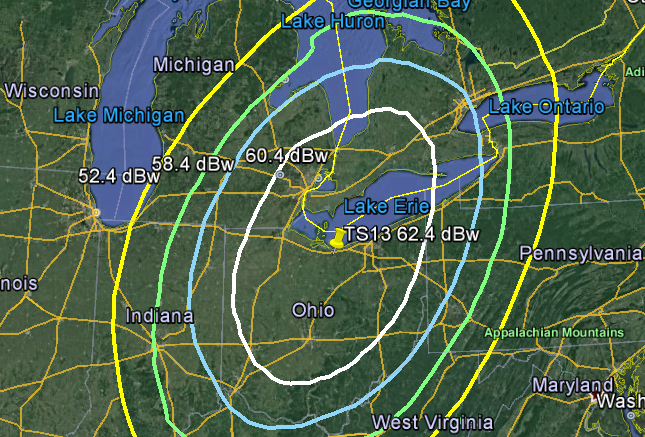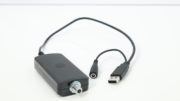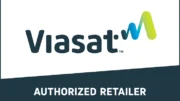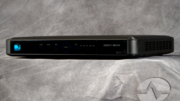Not one of those terms you hear much anymore, “local-into-local” is a term that was used a lot in the 2000s when local channels on satellite were a fairly new thing. It wasn’t until 2000 that satellite services were even actually allowed to carry local channels, and so the race was on in the early part of the decade to add as many of them as possible.
As part of this rush, engineers needed a term for those channels that only served a local market. In other words, like your local ABC station. Legally, your satellite company could only deliver it to you and the area around you… they couldn’t deliver it to another market. This was in contrast to so-called “distant network” channels which could go into any market where they hadn’t added local channels. (Distant network channels usually came from New York or Los Angeles.)
So your ABC station was local to you, it only went into your local market, so they called it a “local-into-local” or “LiL” station.
Why does it matter?
Well, first of all, it’s a legal thing. Until 2000, it wasn’t even legal for satellite companies to offer local channels at all if an area was served by them. This changed due to an act of Congress that turbocharged the satellite TV landscape. It let DIRECTV and DISH offer local channels in local markets, as long as they used their tech to make sure people couldn’t get channels outside their markets.
This is why DIRECTV and DISH only offer one set of local channels even if you’re able to get multiple markets using an over-the-air antenna.
How they do it
Honestly, you probably never even cared how they did all of this, but they did it by using a spot beam to focus your stations on your local area, and an access card to make sure that even if you had a receiver from another part of the country you still couldn’t see someone else’s programming.
All of this fancy engineering was important. It seems that the rules that allowed Local-into-Local broadcasts said that your local network affiliate had the right to be totally exclusive in your market. Not only that another station could be fined if their signal went into a market where it wasn’t supposed to go. There were exceptions to the rule but regular people really couldn’t get them.
Today, local programming is as important as ever. Of course it’s just not a new thing like it was in the 2000s. In truth people don’t use this term much anymore. You rarely even find it on the hard-core enthusiast forums.
Want to know more?
Are you curious about satellite TV? Are you ready to stop spending so much on streaming? Do you want the best value? You can find out more about DIRECTV and DISH service by calling us. Solid Signal is a DIRECTV residential dealer. We’re also a DISH Premier Local Retailer. We’ll help you find the right service at the right price.
It all starts with a call to 888-233-7563 during East Coast business hours. We have people ready to help you choose the best option for you. If it’s after hours, no problem! Just fill out the form below. We’ll get right back to you!





